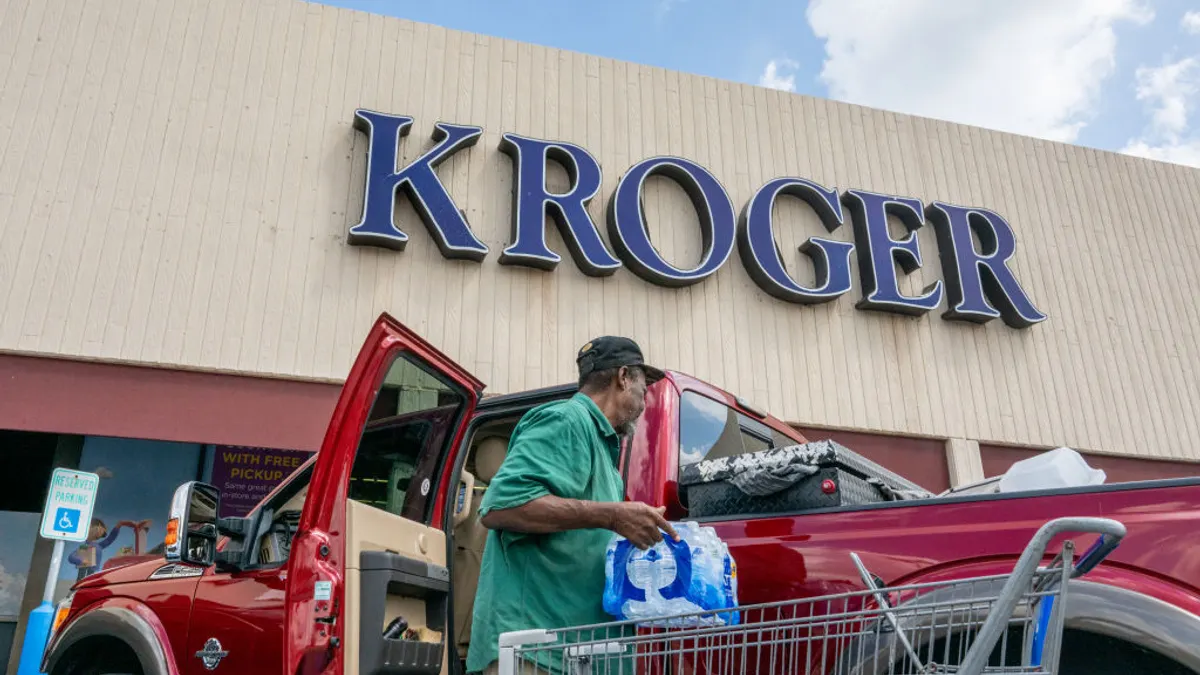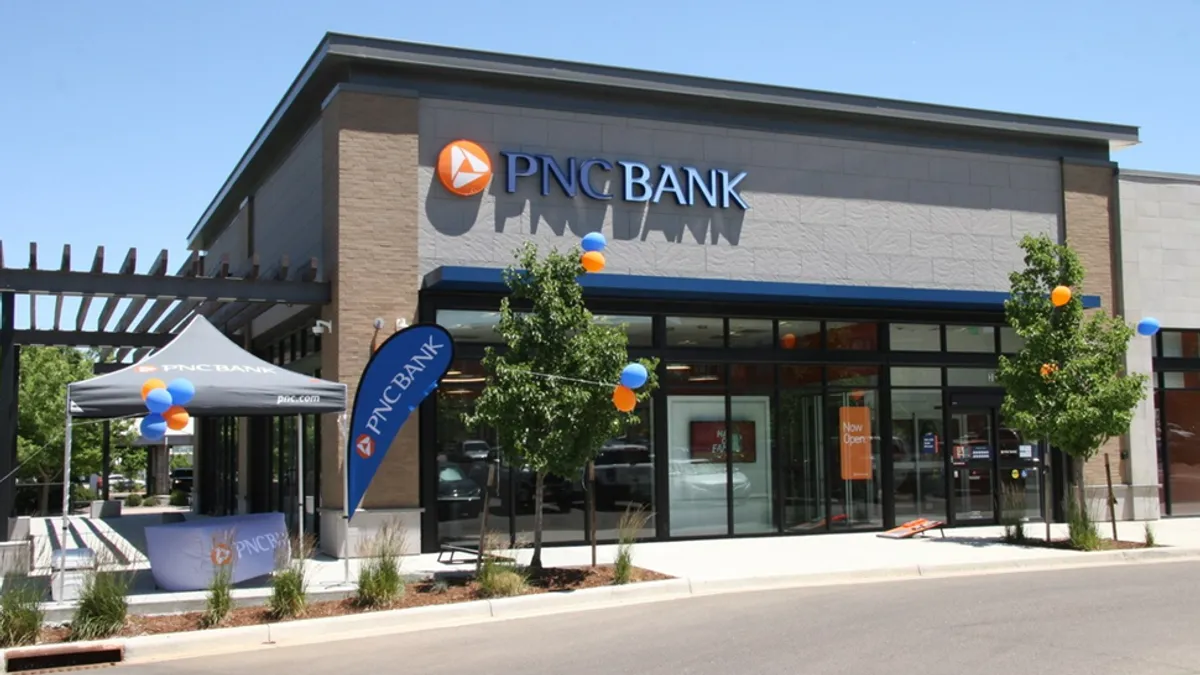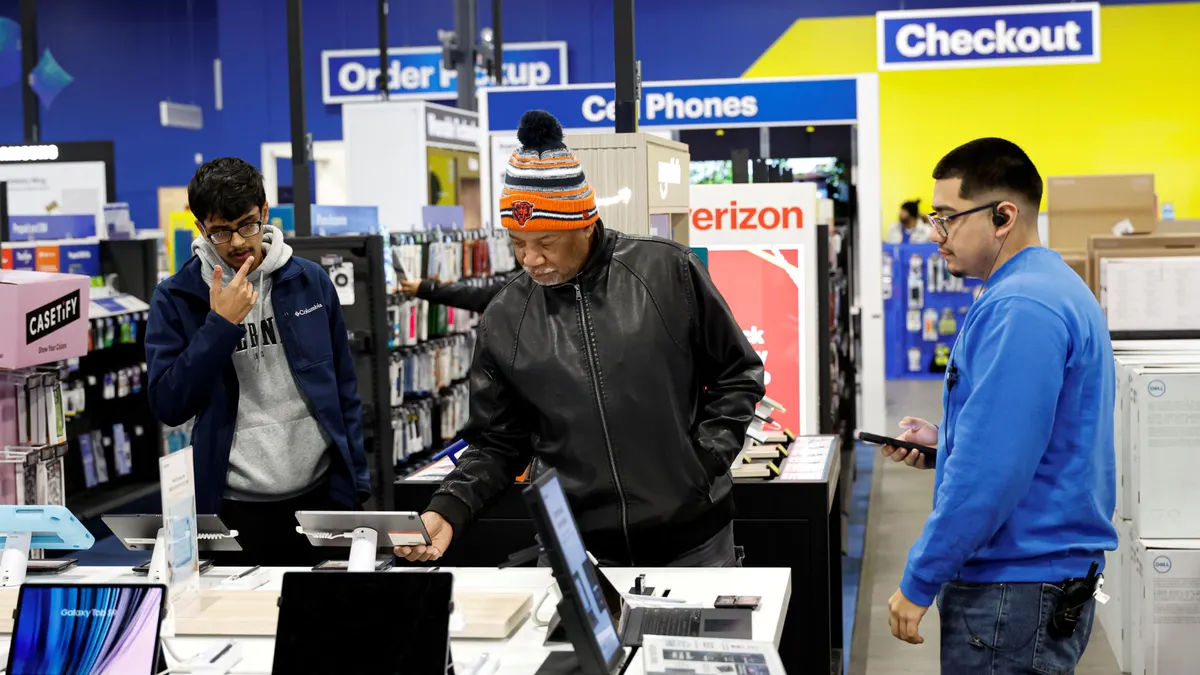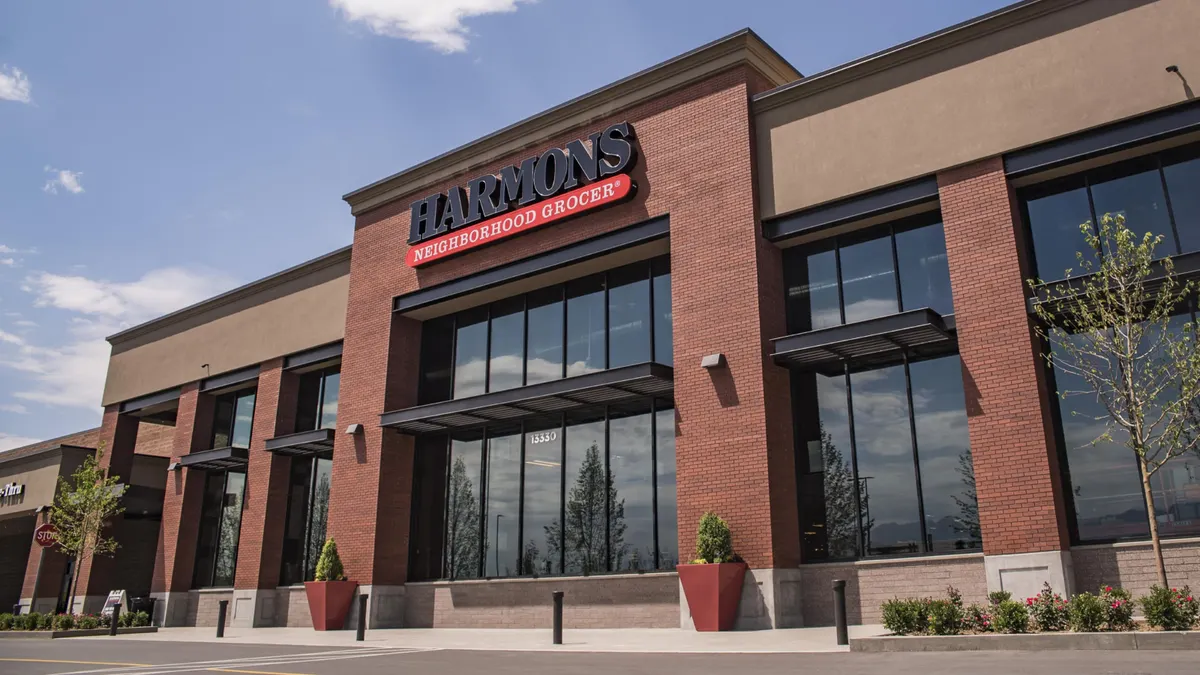The ideal self-checkout experience eliminates lines and lets customers pay for their purchase without making it feel like they’re doing the work of a cashier.
The answer, for some, is RFID, which uses electronic tags to track individual items. Historically, retailers have used this technology to track inventory, but today companies like Uniqlo and Amazon are putting it in a customer-facing role in an attempt to help self-checkout live up to its initial promises.
RFID’s primary use at checkout is straightforward. Sensors can ring up entire baskets of tagged items at once, letting shoppers simply pay, pack their purchases and leave.
“That's what anyone in self-checkout should be aiming for,” Neil Saunders, managing director at GlobalData told CX Dive. “They should be aiming for a very friction-free process because the moment you introduce friction, you reduce customer satisfaction.”
Advancements in RFID hold the potential to help retailers circumvent the common pitfalls of older self-checkout applications. However, the technology has its limitations — namely, cost — and it doesn’t present a one-size-fits-all solution to improve every store experience.
RFID offers high accuracy, too, according to John Harmon, managing director of technology research at Coresight Research. Customers using RFID don’t have to figure out how to scan an item without a clear barcode or worry that their regular peach will ring up as organic.
RFID’s connection to store inventory can carry over beyond self-checkout to improve the general browsing experience, Harmon said.
He noted that the technology enables systems to immediately and accurately determine what has been purchased to better direct associates’ stocking activities. RFID can also track popular items over time to ensure the hottest merchandise is always in-stock.
Weigh the costs of RFID
While RFID can solve some of the biggest problems facing self-checkout, the cost of RFID tags is a serious consideration.
Apparel retailers like Uniqlo have high margins and relatively small product selections, making the extra cost of tags well worth the improved customer experience, Saunders said. A grocery store, in contrast, operates on razor thin margins.
Adding just an extra cent or two in cost to each item can be “very damaging,” he said. The fact that manufacturers need to place the tags can prove challenging for complicated grocery supply chains as well.
Modern self-checkout tech won’t lead to labor savings, according to Harmon. While retailers may be able to cut back on cashiers, businesses still rely on workers to deter shoplifters, answer questions and solve any problems that may crop up.
"The thinking is that the self-checkout terminals replace associates,” Harmon said. “I think in reality you may need more than before, because you need associates to show consumers how to use the devices and be there for support if they're having a problem.”
Cashierless checkout also introduces friction
RFID is one of the most common, though not the only, technology powering cashierless stores. Sensors and cameras are also enabling these shops, but all approaches share the same goal — creating an almost human- and friction-free experience.
The most common implementations of cashierless technology require customers to check in at the door, and perhaps scan something on the way out, according to Saunders. Beyond that, they are free to shop as they please.
However, the freedom of this experience can present a significant downside.
“There's also a very strange psychological friction,” he said. “Because there's no register at all, a lot of people — especially those who are new to it — find it quite difficult to get their head around the fact that you can just pick something off the shelf and walk out of the store.”
People will likely become more comfortable with cashierless experiences over time, according to Saunders. There will be a period of acclimatization, but as the technology expands it could eventually become the norm.
Even as people become used to cashierless stores, these experiences are unlikely to crowd out traditional shops. Harmon noted that associates are an important element of retail, and cutting them out can negatively impact the customer experience.
"That's the key advantage of physical stores over online: that you have human beings that can help you and give you advice,” Harmon said.


















